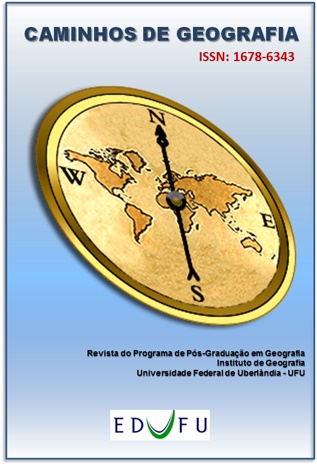SOIL MACROFAUNA AT MACEIÓ MUNICIPAL PARK, ALAGOAS
DOI:
https://doi.org/10.14393/RCG228155261Keywords:
Mata Atlântica, Organismos Edáficos, Qualidade do Solo, Índices EcológicosAbstract
The objective of the present study was to evaluate the soil macrofauna in a Conservation Unit, in Maceió, Alagoas, in the conserved, transition environments and changed in Aug/2018 to Jun 2019. Provid traps were used and remained in the field for 96 hours. The organisms (> 2 mm in length) were identified at the order of the level. The abundance was quantified and the Shannon (H) and Pielou (e) ecological indexes were applied. Soil water content (CAS) and soil temperature (TS) were quantified at a depth of 0-10 cm and rainfall (PP). The data were submitted to analysis of variance, with their averages compared by the Tukey test at 5% probability. The conserved environment presents greater wealth and abundance, due to the variety of food and shelter in the litter, combined with the abiotic factors CAS and TS; Hymenoptera, adapted to anthropic conditions, is dominant in environments, proven by the low values of the (H) and (e) indexes; In the conserved area, Hymenoptera was not inconsistent in relation to the other groups, reflecting the balance of the area. The TS variable influenced the abundance, the CAS had an influence on wealth and the PP influenced both variables.
Downloads
Downloads
Published
How to Cite
Issue
Section
License
Autores que publicam nesta revista concordam com os seguintes termos: a) Autores mantém os direitos autorais e concedem à revista o direito de primeira publicação, com o trabalho licenciado sob a Creative Commons Atribuição-NãoComercial-SemDerivações 4.0 Internacional. b) Autores têm permissão e são estimulados a publicar e distribuir seu trabalho online (ex.: em repositórios institucionais ou na sua página pessoal), já que isso pode gerar alterações produtivas, bem como aumentar o impacto e a citação do trabalho publicado. c) Em virtude de aparecerem nesta revista de acesso público, os artigos são de uso gratuito, com atribuições próprias, em aplicações educacionais e não-comerciais.











